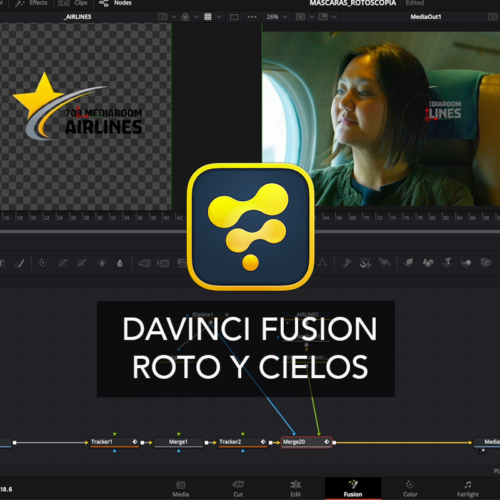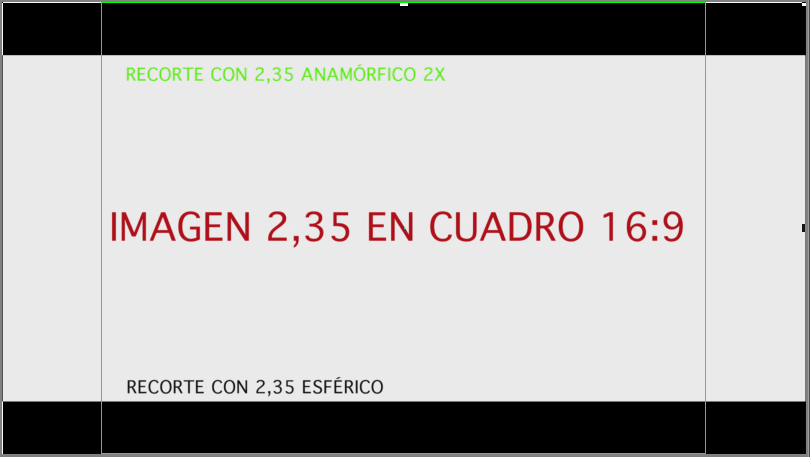-
×
 Online Course DaVinci Fusion Roto and Skies
1 × 37,00€
Online Course DaVinci Fusion Roto and Skies
1 × 37,00€
As we all know in video there are two possible frame sizes: either 4:3 (1.33) or 16:9 (1.77). How can we then get to 2.35 aspect ratio image sizes, also called widescreen? There are two ways to do it, the first one is to shoot with spherical lenses (the normal ones) and not to use all the useful surface of the sensor (losing image above and below).
The second is to use anamorphic optics and perform a process similar to the traditional 35mm film process to obtain the 2.35: the anamorphic optics “stretches” the image allowing the frame to be “filled” and then deamorphosed electronically (instead of optically as is done in the traditional process) in order to view the image correctly.
But it is in this second option where another conflict arises: most anamorphic lenses are designed to “fill” the 35mm frame (whose aspect ratio is 4:3 or 1.33), apply a multiplication factor to the image of 2x, and thus obtain a final image of 2.35.
This means that if we shoot with these lenses with 16:9 sensors we will be wasting the sides of the sensor (since only a 4:3 image will be recorded within the 16:9. There are special anamorphic lenses for 16:9 sensors that “fill” the entire space and apply a 1.3X image multiplication factor to obtain the desired 2.35 final image.
But in the case of not being able to access these 1.3x optics (the best solution) I was recently asked the question: what is better: to shoot with sphericals and crop up and down or to shoot with 2x anamorphic and lose sides? where do you lose more of the sensor?
The answer is this small file that I leave here. In it you can see a 2.35 image in a 16:9 video frame. The cropping of black bands would correspond to shoot with spherical lenses (of course this cropping must be done in postproduction, in camera you have to record full frame 16:9 with framing marks of 2.35, this will give us margin up and down to be able to reframe if necessary in postpro).
The green marks show the crop that would produce a 4:3 image from 2x anamorphic optics on a 16:9 frame. This cropping is necessarily done in camera, there is no option to reframe in post-pro.
Therefore, looking at the overall process, we lose more image (and possibilities) when recording with anamorphics, in addition to electronically deamorphosing the image (with the loss of quality that entails) and the increase in the rental price of the optics.
From my humble point of view I think it is more convenient if this doubt arises (and 1.3X anamorphics are not accessible) to opt for shooting with sphericals, unless of course you are intentionally looking for the particular look that anamorphics give, which is another matter. I leave the dialogue open to those who also know about cinematography to contribute with their opinions.
And for those of you who have doubts about aspect ratios in general , here they are quite well explained.




